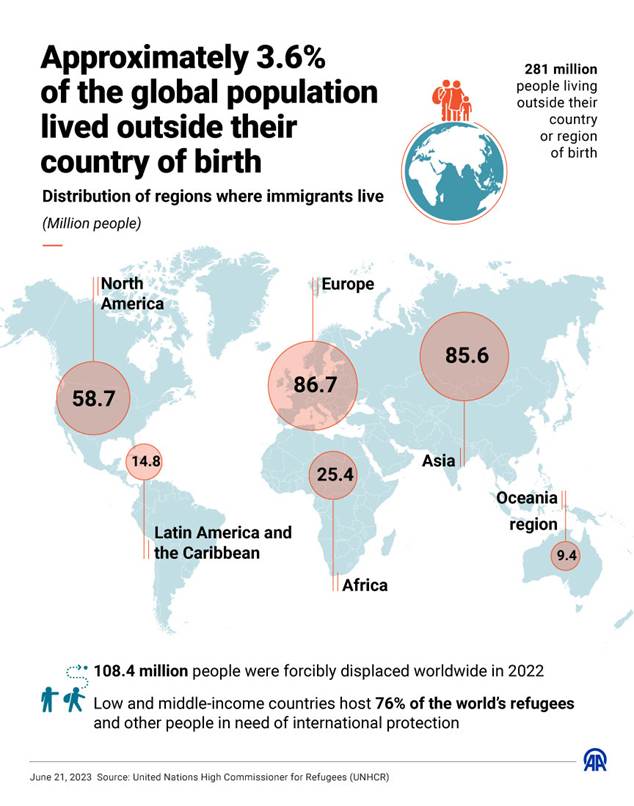Answer: Introduction The Shiwalik Range, also known as the Siwalik Hills or the Sub-Himalayas, forms the outermost foothills of the Himalayas and stretches across parts of northern India, Nepal, and Pakistan. Unlike the high, crystalline structures of the main Himalayan …
(i) Lunkaransar(ii) Gua(iii) Raidak River(iv) Ekta Nagar(v) Chandanwari(vi) Babina(vii) Tatipaka(viii) Along Airport(ix) Karaikal(x) Panna
Answer: Introduction Developed countries today are characterized by persistently low fertility rates accompanied by aging populations. In many Western European nations, Japan, and parts of North America, birth rates have fallen below replacement levels, leading to a shrinking or slowly …
Answer: Introduction Semiconductor manufacturing has undergone significant spatial transformation over the past two decades. Traditionally concentrated in East Asia—particularly in Taiwan, South Korea, and Japan—the industry is now experiencing a geographic reconfiguration. This change is driven by factors such as …
Introduction In geographical analysis, a complementary region refers to an area within a settlement system where the functions, services, and economic activities of one centre are interrelated with, and complement, those of its neighbouring centres. In Christaller’s Central Place Theory, …
Answer: Introduction Developmental planning involves identifying regions that can act as engines for broader economic and social growth. In geography, models such as François Perroux’s Growth Pole Theory, Walter Christaller’s Central Place Theory, and Paul Krugman’s New Economic Geography underscore …
Answer: Introduction Transnationalism refers to the multidimensional process through which migrants—and their descendants—maintain active connections, networks, and engagements across the borders of two or more nation-states. Unlike earlier models of assimilation, which assumed that migrants would disconnect from their homelands …
Answer: D. Whittlesey’s classification of the agricultural regions of the world is a framework that attempts to systematize the diversity of global agriculture by linking the types of farming systems to the underlying physical—particularly climatic and edaphic—conditions. His approach, reflective …
Answer: Introduction Developed by Sir Halford Mackinder in 1904 through his seminal essay, The Geographical Pivot of History, the Heartland theory posits that control of the vast Eurasian landmass—the so-called “Heartland”—equates to global dominance. Mackinder famously stated, “Who rules East …
Answer: The physical view of geographical space—seeing space as a measurable, tangible, and quantifiable entity—has fundamentally shaped the development of spatial analysis in geography. This perspective treats geographic space as an arena defined by physical properties, such as distance, area, …








